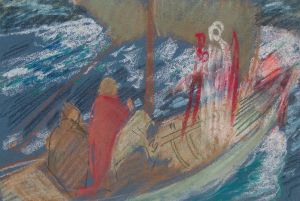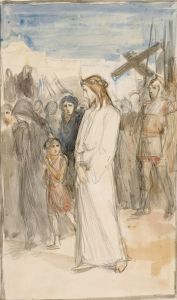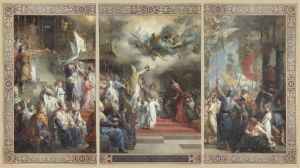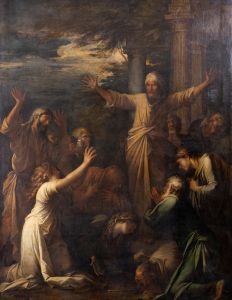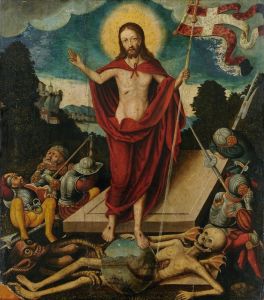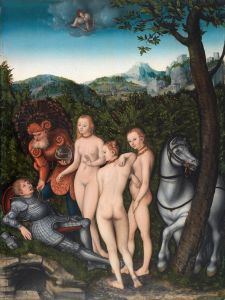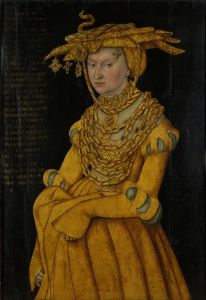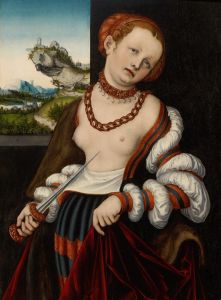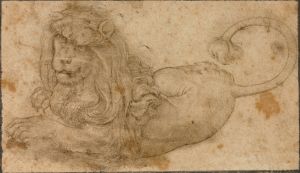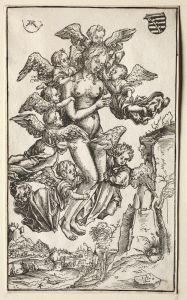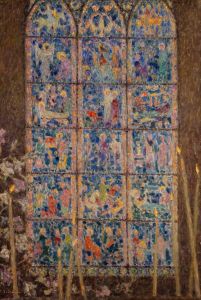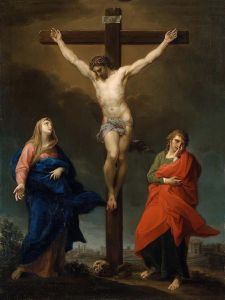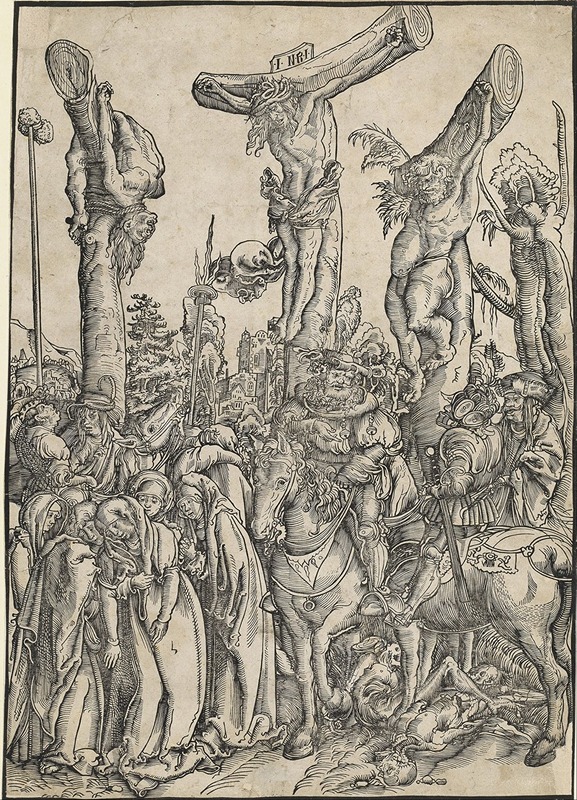
Crucifixion
A hand-painted replica of Lucas Cranach the Elder’s masterpiece Crucifixion, meticulously crafted by professional artists to capture the true essence of the original. Each piece is created with museum-quality canvas and rare mineral pigments, carefully painted by experienced artists with delicate brushstrokes and rich, layered colors to perfectly recreate the texture of the original artwork. Unlike machine-printed reproductions, this hand-painted version brings the painting to life, infused with the artist’s emotions and skill in every stroke. Whether for personal collection or home decoration, it instantly elevates the artistic atmosphere of any space.
Lucas Cranach the Elder, a prominent German Renaissance painter, created several works depicting the Crucifixion of Jesus, a central theme in Christian art. One of his notable paintings on this subject is "The Crucifixion," which showcases his distinctive style and the religious fervor of the period.
Lucas Cranach the Elder was born in 1472 in Kronach, Germany, and became one of the leading artists of the Northern Renaissance. He was known for his close association with Martin Luther and the Protestant Reformation, which influenced much of his work. Cranach's art often combined traditional religious themes with the emerging humanist ideas of the time.
"The Crucifixion" by Cranach is characterized by its detailed representation of the biblical event, capturing the emotional intensity and spiritual significance of the scene. The painting typically features Jesus Christ on the cross, flanked by the two thieves who were crucified alongside him. The composition often includes a variety of figures, such as the Virgin Mary, Saint John, and other mourners, depicted with expressions of grief and reverence.
Cranach's approach to the Crucifixion scene is notable for its vivid colors and attention to detail, which were hallmarks of his style. He employed a combination of realism and idealism, creating figures that were both lifelike and imbued with a sense of divine presence. The use of light and shadow in the painting enhances the dramatic effect, drawing the viewer's attention to the central figure of Christ.
In addition to its artistic qualities, Cranach's "The Crucifixion" reflects the theological and cultural shifts of the Reformation era. As a friend and supporter of Martin Luther, Cranach's work often included elements that aligned with Protestant beliefs, such as an emphasis on the direct relationship between the individual and the divine, without the need for intercession by the Church. This perspective is subtly reflected in the way the figures are portrayed, with a focus on personal devotion and inner spirituality.
Cranach's depiction of the Crucifixion also serves as a testament to his skill as a portraitist. The figures in the painting are rendered with distinct facial features and expressions, conveying a range of emotions from sorrow to contemplation. This attention to individual character is a defining feature of Cranach's work and contributes to the painting's enduring impact.
"The Crucifixion" by Lucas Cranach the Elder remains an important example of Northern Renaissance art, illustrating the intersection of religious tradition and the new ideas of the Reformation. Through his masterful use of color, composition, and detail, Cranach created a work that continues to resonate with audiences, offering a window into the spiritual and artistic currents of his time.





